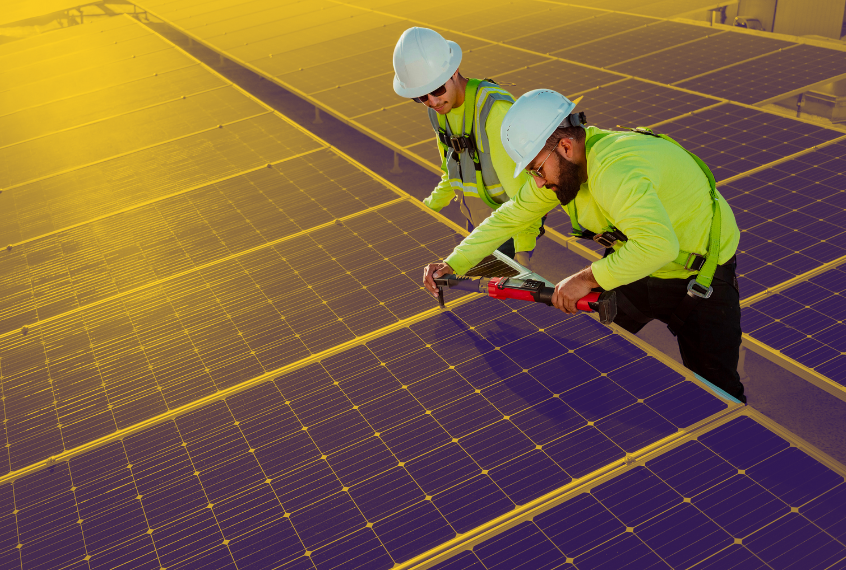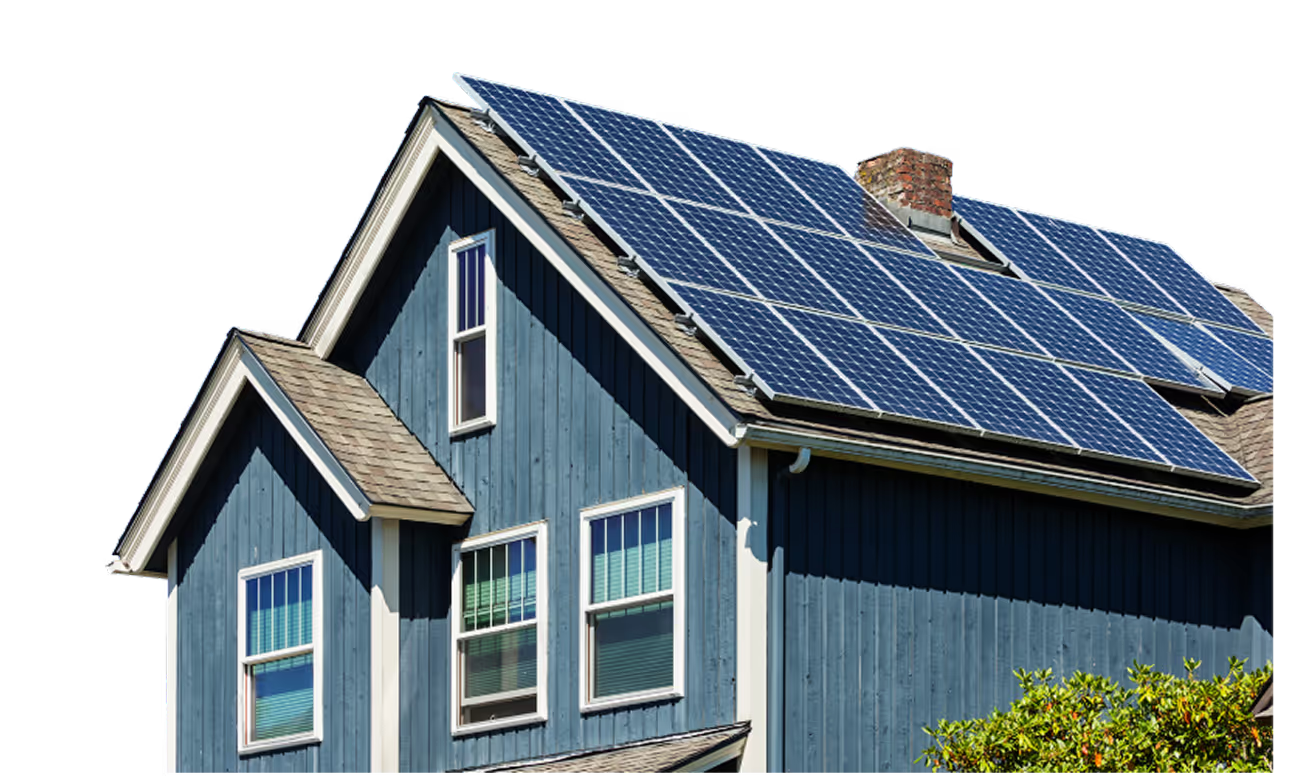.avif)
String vs. Microinverters: Which Solar Inverter is Right for Your Home?
As a solar system owner, it’s important to understand that the energy powering your home doesn’t flow directly from the sun to your appliances. The electricity generated by your solar panels must first be converted from direct current (DC) to alternating current (AC) — the type of power your home uses. This is where inverters come in. Inverters are essential for making solar energy usable in your household. The right choice of inverter can influence your system’s overall efficiency, reliability, and long-term costs. Among the most common options are string inverters and microinverters, each with its own set of advantages and limitations. In this article, we’ll explore the differences between these two types of inverters to help you determine which one is the best fit for your home.
A Quick Overview of String and Microinverters
String inverters operate on a centralised system. Here, multiple solar panels are linked in a sequence, or “string,” and the entire array is connected to a single, large inverter. This inverter, is responsible for converting the DC generated by your solar panels into the AC your home uses. Microinverters, on the other hand, decentralise this process. Instead of a single inverter handling the entire array, each solar panel is equipped with its own microinverter. This means each panel works independently, converting its own DC output to AC right at the source.


In Malaysia, several reputable brands are known for producing reliable string inverters, including Huawei, Fronius, SolarEdge, SMA Solar Technology, Sungrow, and Goodwe. For microinverters, Hoymiles and Enphase are the leading brands. These brands are trusted for their performance and durability, making them popular choices for solar installations.
Here are the actual pictures of (1) String Inverter and (2) Microinverter

(1) Reference : GetSolar Team

(2) Reference : GoSolarQuotes Website
To learn more about the basics of solar inverter, you can check out our article here : Solar Inverters: What You Need To Know
Installation and Maintenance : Complexity vs. Simplicity
String inverters have a relatively straightforward installation process. As a centralised system, they require fewer components, simplifying the wiring and setup. Maintenance is also more convenient with string inverters. Since they are wall-mounted, usually near the utility meter, they are easy to access for repairs or troubleshooting. If an issue arises, it can be quickly addressed without needing to climb onto the roof, making string inverters a more accessible and cost-effective option for long-term upkeep. In terms of longevity, string inverters typically last around 10-15 years but may be more vulnerable to extreme weather, as all the power runs through a single unit.
Microinverters, by contrast, require a more complex installation process. Each solar panel needs its own inverter, increasing installation time and the number of components to manage. Maintenance can be more challenging with microinverters, as they are mounted directly beneath the solar panels on the roof. This makes repairs or replacements more difficult and may involve removing panels to access faulty inverters, leading to higher costs. However, microinverters generally offer longer warranties of 12-25 years, reflecting their durability, though exposure to harsher roof conditions can still impact their performance over time.
If you’re curious about solar panel installation in Malaysia, our Ultimate Solar Panel Installation Guide for Malaysia has all the details you need.
Maximising Energy Efficiency and Performance
String inverters are designed to handle the energy output of a series of solar panels connected together in one circuit. While this centralised system is efficient in ideal conditions, it does have limitations. If one panel’s performance drops—due to shading, dirt, or damage—the entire string’s output can be reduced to the level of the weakest panel. However, for homes with consistent, unobstructed sunlight, string inverters can still be a cost-effective option. As a separate note, string inverters don’t come with power optimisers by default. However, power optimisers can be added to enhance system efficiency and ensure compliance with electrical codes. These optimisers, installed on each panel, track performance and help maintain peak energy output. While they can improve energy production and minimise the effects of shading or panel mismatches, this can increase the overall cost of the system. For instance, Huawei’s power optimiser, which can serve 1-2 panels per unit, typically costs an additional RM 300 per piece, adding to the installation expense.
On the other hand, microinverters are designed to maximise the energy output of each individual panel. Since each panel has its own inverter, the performance of one panel doesn’t affect the others. This makes microinverters highly efficient in environments where shading or panel orientation might vary. Even if one panel is shaded or dirty, the other panels continue to produce energy at full capacity. This setup is particularly useful for maximising energy generation on roofs with multiple angles or in areas with partial shading throughout the day.
Cost Considerations: Weighing Initial Investment vs. Long-Term Value
String inverters are generally more affordable upfront, as they require just one inverter for the entire solar array. This centralised design means fewer components and a simpler installation, resulting in lower initial costs. Maintenance for string inverters is also typically less expensive. Because they are wall-mounted and easily accessible, any needed repairs or replacements are simpler and less costly to perform.
Microinverters have a higher initial cost, as each panel requires its own inverter. This not only increases the number of components but also makes the installation process more time-consuming and expensive. While microinverters often come with longer warranties (12-25 years), maintenance can be more costly. Since microinverters are installed beneath the solar panels on the roof, any repair or replacement requires additional labour to access the inverter, potentially involving the removal of panels. This can significantly increase maintenance expenses compared to string inverters. While microinverters are durable and provide more efficient energy management, particularly in shaded or complex roof environments, their higher maintenance costs should be factored into the overall investment.
Scalability and System Growth
Microinverters are often seen as the more flexible solution for system expansion. Since each panel operates independently with its own inverter, adding more panels over time is relatively simple. You can easily expand your system in small increments, adding panels as needed without worrying about compatibility between old and new panels.
On the other hand, string inverters present more challenges when it comes to expanding your solar system. Since all panels in a string are connected to a single inverter, adding new panels can cause compatibility issues, especially if the new panels have different power ratings or are of a different age. Mixing old and new panels can reduce the efficiency of the entire system, as the output will be limited by the least efficient panel.
Which Inverter is Right for Your Home?
Choosing the right inverter for your solar system depends on several factors unique to your home. Here are some key considerations to help you decide between string inverters and microinverters:
FactorString InverterMacroinverterRoof TypeBest for simple, uniform roofsBest for complex roofs with multiple angles or experiences partial shadingPerformance & EfficiencyLose efficiency if just one panel underperformsOperate efficiently even when certain panels are shaded or compromisedInstallation & MaintenanceEasier and quicker installation, wall-mounted for simple accessMore complex installation and harder to access for repairsCostMore affordable upfrontHigher initial investment, but longer warrantiesScalability & System GrowthMore challenging to add new panelsSimple to expand and add new panels
Choosing the right inverter depends on balancing your home’s specific characteristics—such as roof complexity, budget, and shading—with your long-term goals. At GetSolar, we make it easy for you to find the best solar solution for your home. Whether you’re considering string inverters or microinverters, our team of experts is here to guide you through every step of the process. Want to get a better idea of how much you can save with solar energy? Try our solar calculator to see your potential savings and find the perfect solar system tailored to your needs. Take the first step towards a more sustainable and cost-effective energy future with GetSolar today!

Rent-to-Own Solar. RM0 Upfront cost. Guaranteed Savings
Immediate ROI


Rent-to-Own Solar. RM0 Upfront cost. Guaranteed Savings
(10-Year RTO plan)
+ 10-Year Free Maintenance



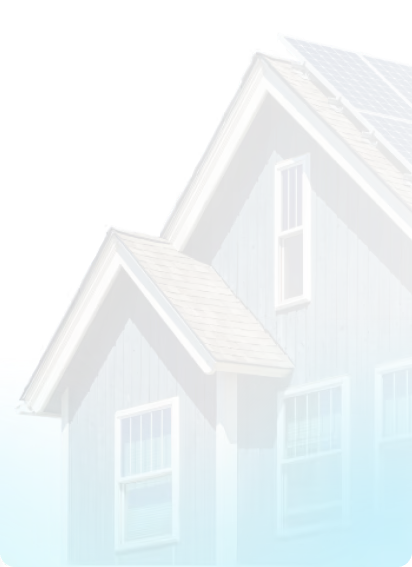
.png)
